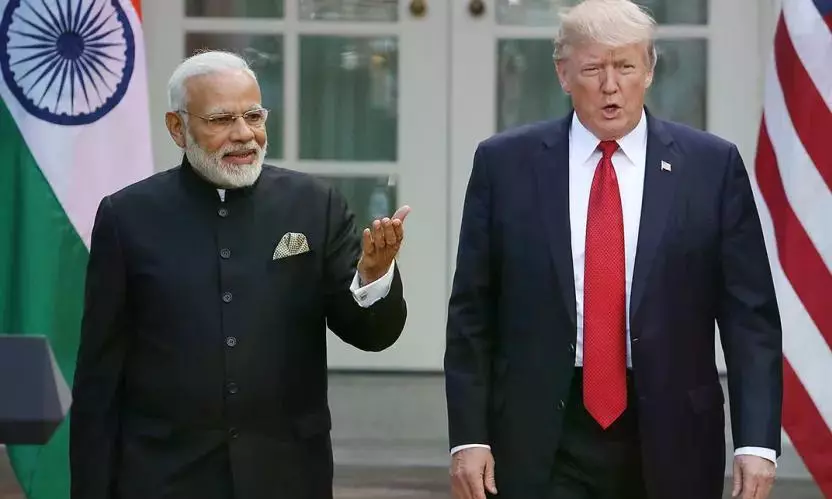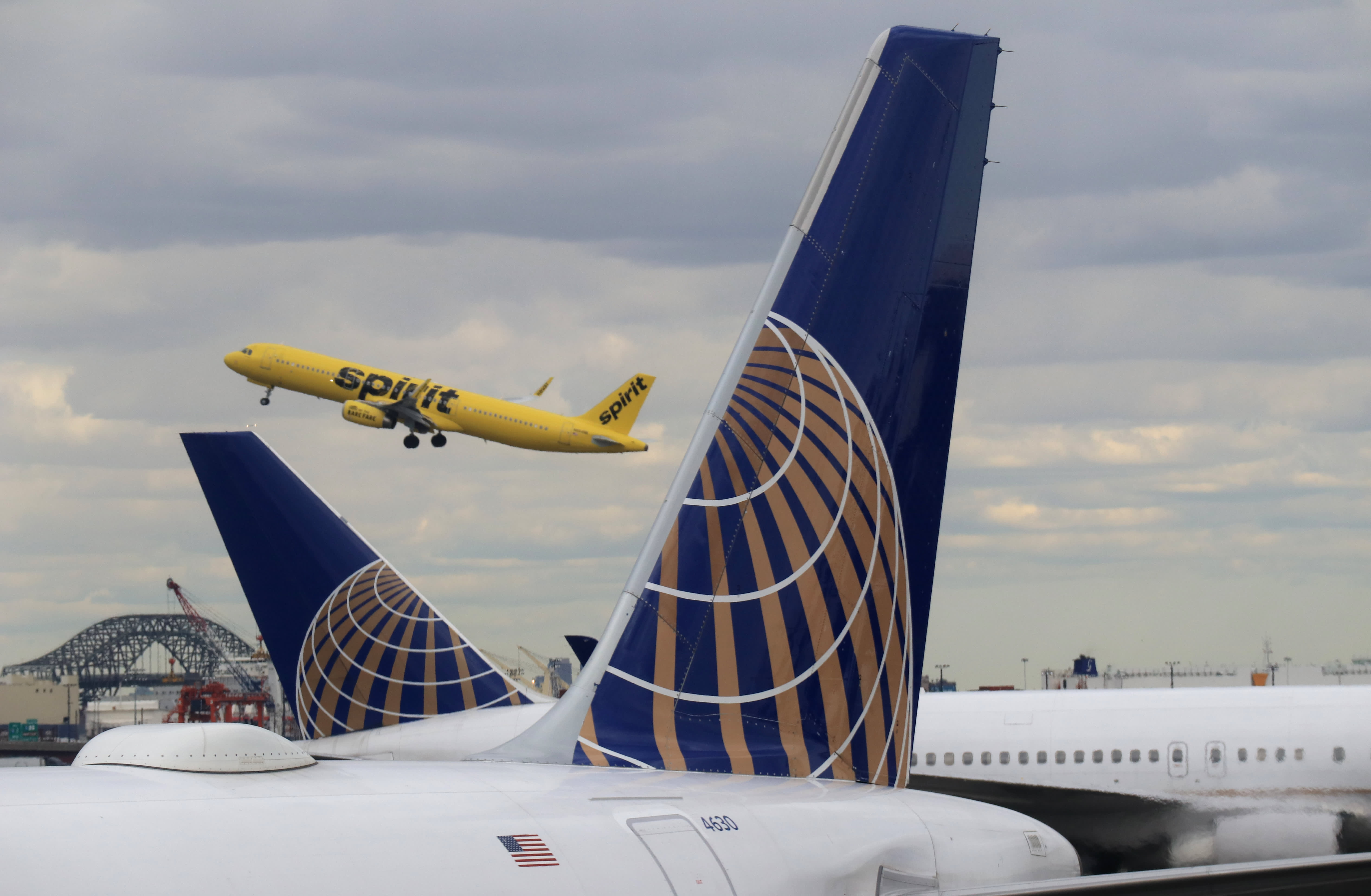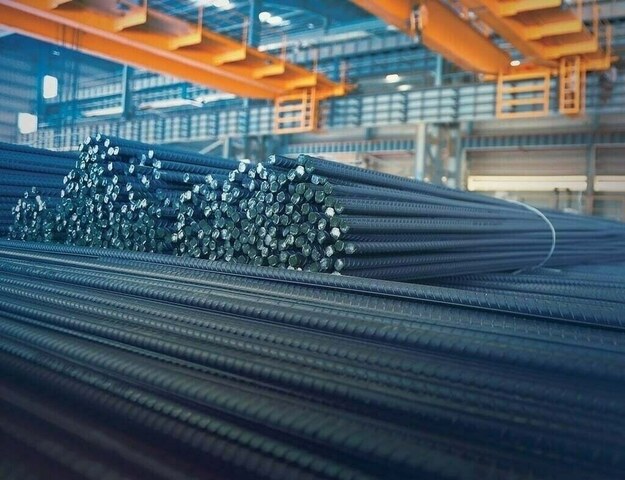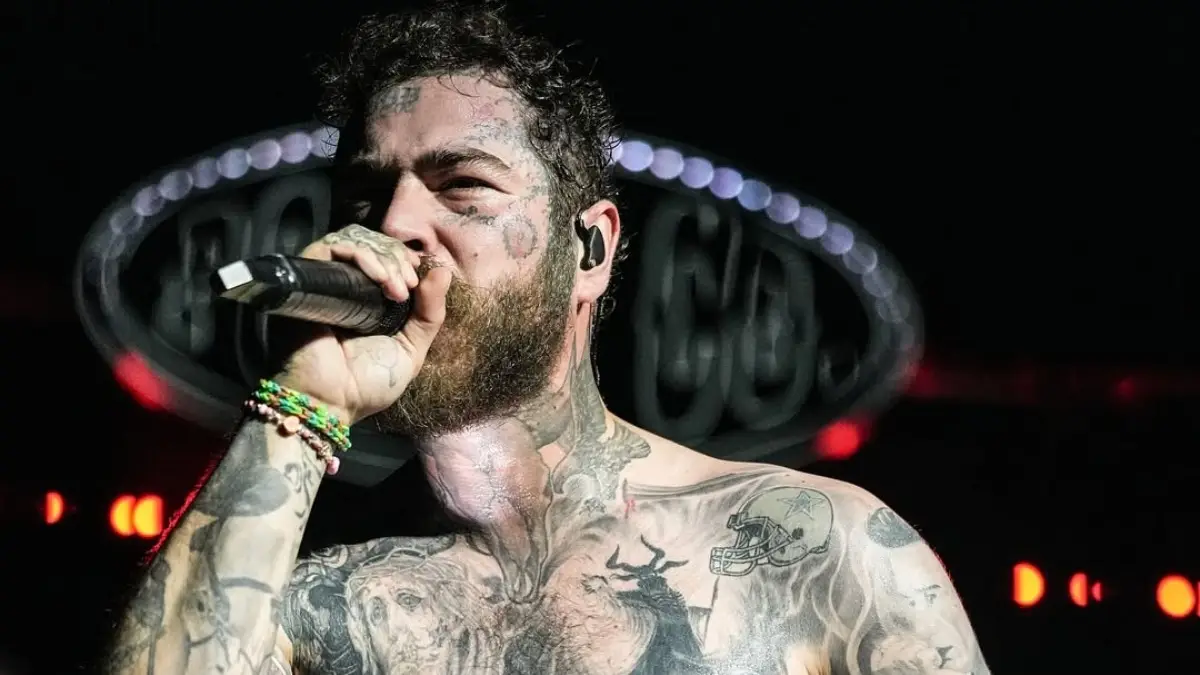By Sanjaya Baru
Copyright deccanchronicle

The Indian pharmaceutical companies that were not prepared for US President Donald Trump’s latest action of imposing tariffs up to 100 per cent on imported branded and patented pharma drugs from October 1 have no one else but their corporate leadership to blame. They ought to have read the smoke signals in time. Of course, the decision to spare generics, for now, should offer relief to many firms but they should be prepared for the worst even on this front. The wiser and strategically more adept pharma companies have systematically reduced their dependence on the American market over the past several years. American Big Pharma has always called the shots in Washington.The action on the pharma front is only the latest in a series of attacks on the trade front launched by President Trump that will end up hurting Indian companies. The determined manner in which the Trump administration has been targeting India has already done irreparable damage to the bilateral relationship. While policy wonks in both capitals seek to reassure that things would get better with time, the bare fact is that the growing trust that shaped the US-India relationship over the past quarter century has all but gone.I have been a witness and often an active participant in the evolution of the US-India relationship over the past quarter century. In 1999 I participated in what diplomats call a “Track Two” dialogue that was led on the Indian side by the Institute of Defence Studies and Analysis (IDSA) and was hosted in Washington DC by the US National Defence University. It was a dialogue between the deaf. We said our piece, the Americans said theirs. There was little meeting of minds.Things changed rapidly after that. Between 2000 and 2004 I participated in a series of Track Two dialogues, and with each meeting the conversations became more convivial.They laid the foundation for what was then termed as the Next Steps in Strategic Partnership (NSSP) and eventually for the official bilateral dialogue on defence and strategic cooperation that contributed to the historic India-US civil nuclear energy agreement.It is difficult to date the subsequent decline in the quality of engagement but it began long before President Trump deployed his sledge-hammer. Even during the Obama administration Washington DC began feeling that India had not delivered adequately on US expectations of the strategic partnership. The Indian side was willing to enhance the defence relationship as a way of augmenting the ballast, but on a range of issues there was inadequate strategic convergence.Two developments disrupted the process. First, President Trump’s trade policy actions during his first term (2017-21). Second, the Indian response to the Russian invasion of Ukraine in 2022. An increasingly defensive United States began exerting pressure on all its friends and allies, demanding demonstration of allegiance to US global dominance. Under attack from Russia, the Europeans fell in line. However, even though under pressure from China, and unwilling to kowtow to Beijing, few Asian countries have been willing to genuflect before Washington.India’s decision to assert its independent personality has clearly angered President Trump and his ragtag band of political appointees. India too has been angered by the manner in which many senior members of the Trump administration have spoken about India and its political leadership. The expectations on both sides that defined the new post-Cold War relationship as it evolved between 1999 and 2022 are no longer relevant.We are back to square one and a new relationship will have to be built. It remains to be seen on what terms that new relationship would be built. Clearly, the important assumption behind the old relationship, namely that the US needed India as a partner in dealing with China and that India would be a willing partner no longer holds ground.The mood in India both towards the US and towards China has changed. Unless China commits yet another political blunder, like it did in June 2020 in the Galwan Valley, there is every likelihood of an improved relationship with China. It would not still be defined by trust, but then nor would the US-India relationship. It is just as well that pragmatism should henceforth define both relationships. In fact, even now Russia remains the only country with which the relationship is still defined by an element of trust, especially within the Indian strategic establishment, including the armed forces.What does all this mean for Indian professionals and businesses. The business models that defined the US-India and China-India relationships in the first quarter of this century will require a re-examination. Indian professionals and firms must reduce their exposure to the United States and keep a keen eye on policy developments in that country. On the other hand, Indian professionals and firms should explore opportunities in China and strengthen the economic relationship between the two…



